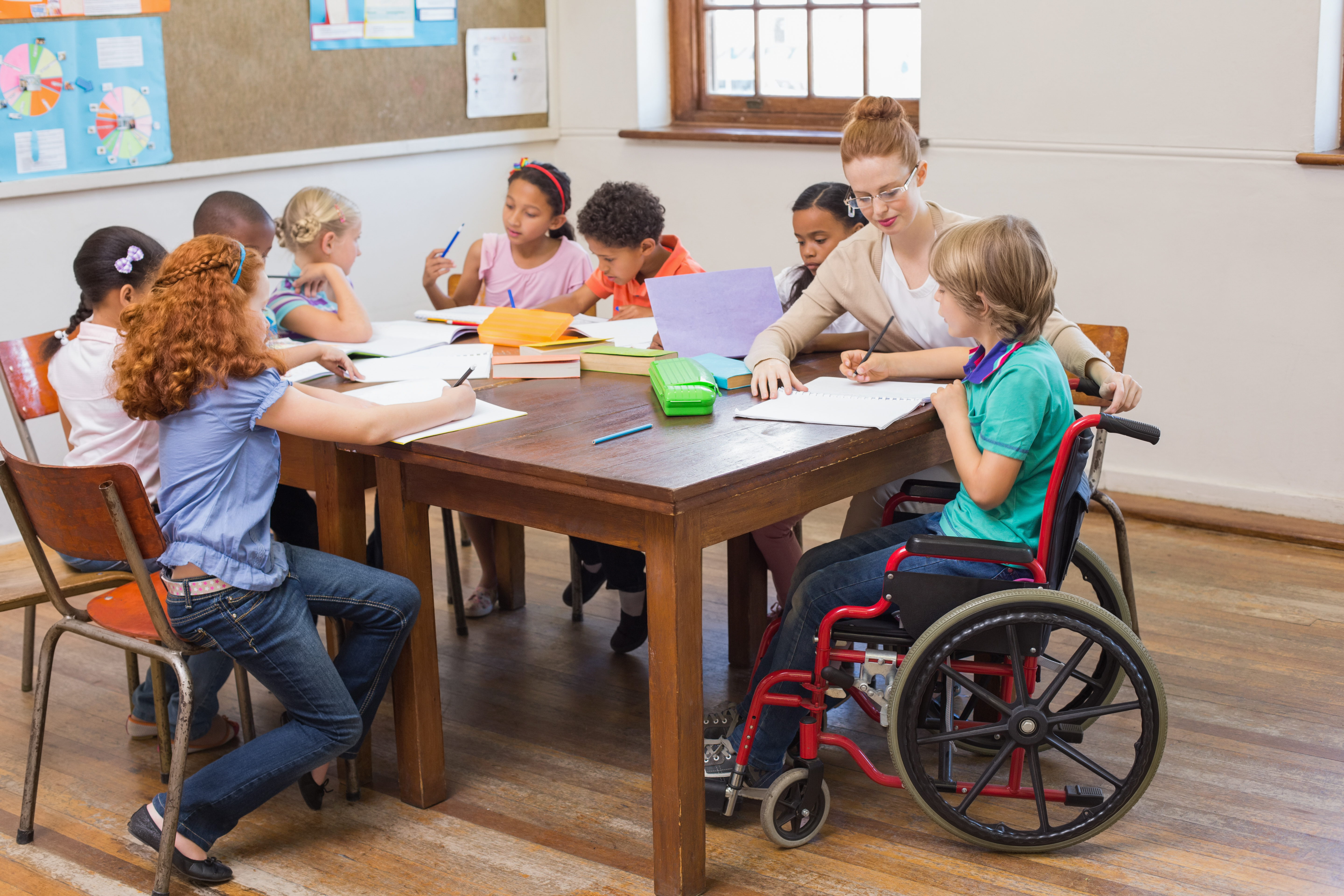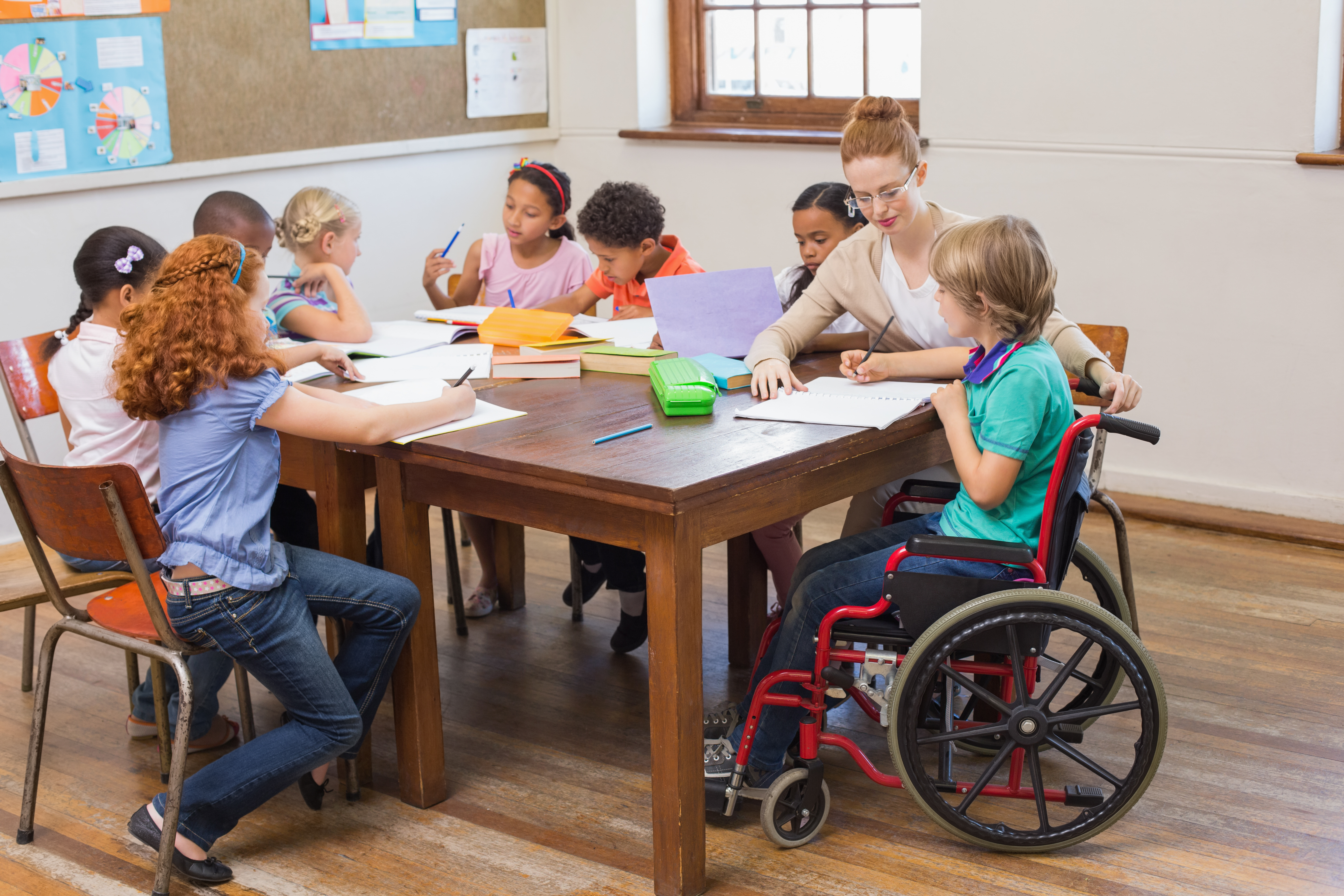Understanding Learning Disabilities: Tailored Educational Needs for Every Child
Navigating the world of learning disabilities can feel overwhelming. Each child has unique needs, and finding the right educational path is crucial. Understanding these needs helps you make informed decisions for your child’s future. In this blog, we'll explore the various learning disabilities, the educational needs they present, and how specialized schools and individualized learning plans can support your child. Dive in and discover a community ready to support you in creating the best learning environment for your child. Explore our directory to find the perfect fit today.
Understanding Learning Disabilities

Learning disabilities can appear in various forms, affecting the way children process information. Recognizing and understanding these differences is the first step in addressing their unique educational needs. This section delves into the types of learning disabilities and how to identify them.
Common Types Explained
Learning disabilities encompass a range of disorders that hinder a child's ability to read, write, or perform mathematical calculations. Conditions such as dyslexia, dysgraphia, and dyscalculia are some of the most common types. Each of these disorders affects different cognitive processes, making it essential for parents and educators to identify specific challenges.
Dyslexia, for instance, primarily affects reading abilities. Children may struggle with word recognition or reading fluency. In contrast, dysgraphia impacts writing skills, making it difficult for a child to express thoughts on paper or organize written information.
For more in-depth information, the Cleveland Clinic provides comprehensive insights into these disorders.
Recognizing Symptoms in Children
Identifying learning disabilities early plays a crucial role in a child's educational development. Parents and teachers should be aware of common symptoms that might indicate a learning disorder.
Reading difficulties: Struggles with understanding written words or slow reading speed can signal dyslexia.
Writing challenges: Frequent spelling errors or poorly organized writing might indicate dysgraphia.
Math problems: Difficulty grasping basic math concepts or performing calculations could be a sign of dyscalculia.
Observing these symptoms allows for timely intervention and support. The Navigating Life Texas website offers resources for recognizing and addressing these signs.
Tailored Educational Needs

Every child with a learning disability requires an educational approach tailored to their specific needs. This section discusses the importance of individualized learning plans and specialized schools in providing that support.
Importance of Individualized Plans
Individualized Education Plans (IEPs) are critical tools in special needs education. They provide a customized framework that addresses the unique learning style of each child. An effective IEP considers the child’s strengths, areas for improvement, and educational goals.
IEPs involve collaboration between parents, teachers, and specialists. This teamwork ensures that the plan is both comprehensive and adaptable. More information on crafting effective IEPs can be found in this detailed online guide.
Role of Specialized Schools
Specialized schools offer targeted programs for children with learning disabilities. These institutions are designed to cater to the specific educational needs of their students, providing an environment where they can thrive.
With smaller class sizes and trained educators, specialized schools focus on personalized instruction and adaptive techniques. This tailored approach helps students develop academic skills at their own pace.
Smaller class sizes allow for personalized attention.
Curriculum designed to address specific learning challenges.
Access to therapists and special education experts.
To learn more about the benefits of specialized schooling, refer to this academic study.
Supporting Your Child’s Education

Finding the right resources and building a supportive community are crucial in the journey of special needs education. This section provides guidance on accessing resources and fostering a community for parents and children.
Finding the Right Resources
When seeking educational resources, it is important to consider both school-based and external support systems. Here are steps to help you find the right resources:
Consult specialists: Seek guidance from educational psychologists or special education teachers.
Access online tools: Use directories and resource guides to find programs suited to your child’s needs.
Participate in workshops: Engage in seminars or workshops that focus on special needs education.
The Navigating Life Texas website offers a wealth of resources for parents and caregivers.
Building a Supportive Community
Creating a supportive network is vital for the well-being of both children and parents. Being part of a community allows for shared experiences and collective learning.
Join local support groups for parents of children with learning disabilities.
Attend community events or meetings that focus on special needs education.
Engage with online forums to exchange advice and support.
A supportive community fosters a sense of belonging and assurance, empowering families to navigate the challenges of special needs education together.
Get Expert Special Needs Resources
Join 15,000+ parents receiving vetted school recommendations, therapy insights, and advocacy strategies from child development experts.
What you'll receive:
🔒 Your email is secure • Unsubscribe anytime • 15,000+ parents trust us
